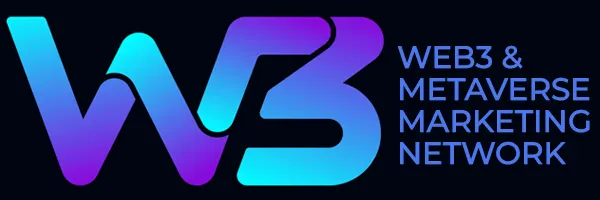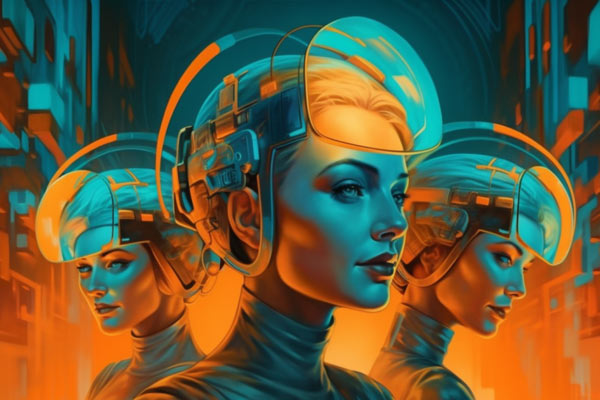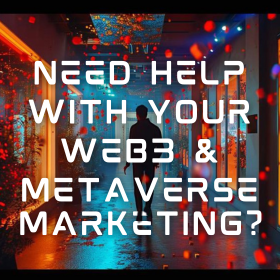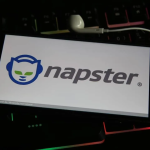We are currently at an intersection on the journey to Web3
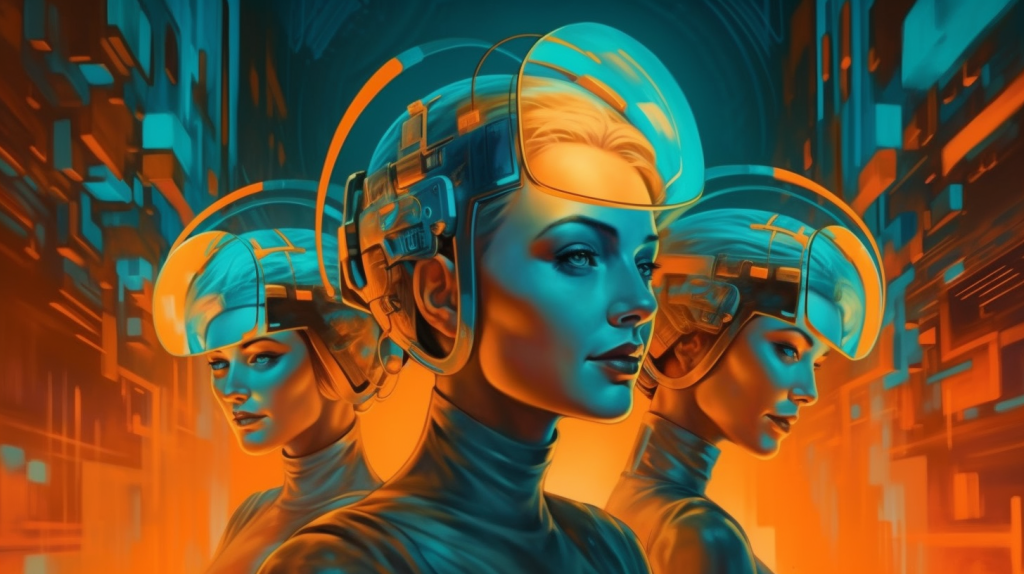
Web3 is coming, but it will be a while before the infrastructure of it is actually built and materializes. As brands and projects start delving into Web3, what they are actually doing is creating projects that serve as a bridge to Web3. This bridge is starting to gain traction by those who are labeling it as Web2.5, which in reality makes sense. It also helps define what marketers are going through as well.
Moving towards Web3, isn’t usually just a binary jump from Web2. It is a migration, one that is implemented slowly but steadily in various distinct components that come together gradually over time.
In recent months, we have seen some of the world’s largest and most established brands such as Nike, Gucci and Budweiser move towards Web3. They’ve been mostly leaning into Web3 as a migration instead of an extreme choice. So again, basically a bridge to Web3.
The ultimate Web3 destination for many brands and projects will require each to take advantage of the different aspects of blockchain technology, VR/AR, tokenization, NFTs with all of their various utilities, gamification, smart contracts, etc. that works best for them.
So what supposedly is Web2.5?
Web2.5 describes then the adoption of Web3 decentralized technologies like NFTs within a Web2 framework, that allows for discovery, user experience, and brand retention.
If we had to carve up web3, we could draw a reasonable line between web3 assets and web3 infrastructure. Web3 assets are the things many people are familiar with, namely NFTs and fungible crypto. Web3 infrastructure, on the other hand, is the set of tools and protocols that support the entire web3 ecosystem. So Web2.5 helps categorize for example, the adoption of Web3 assets within a web2 (instead of web3) infrastructure.
Here are a couple of links to articles on this subject.

